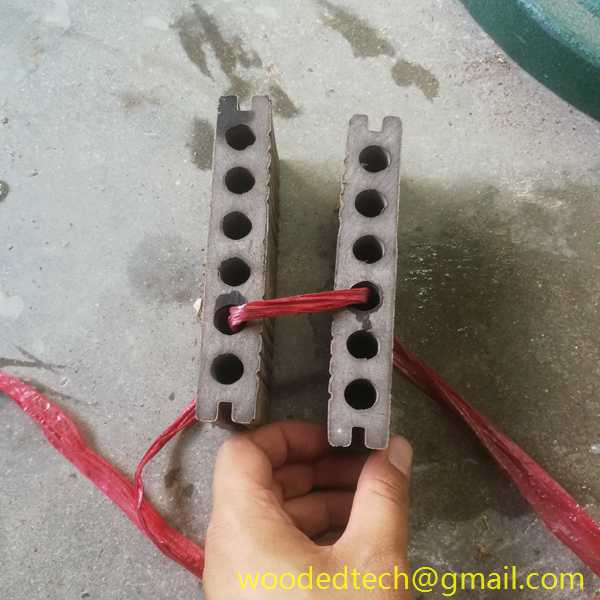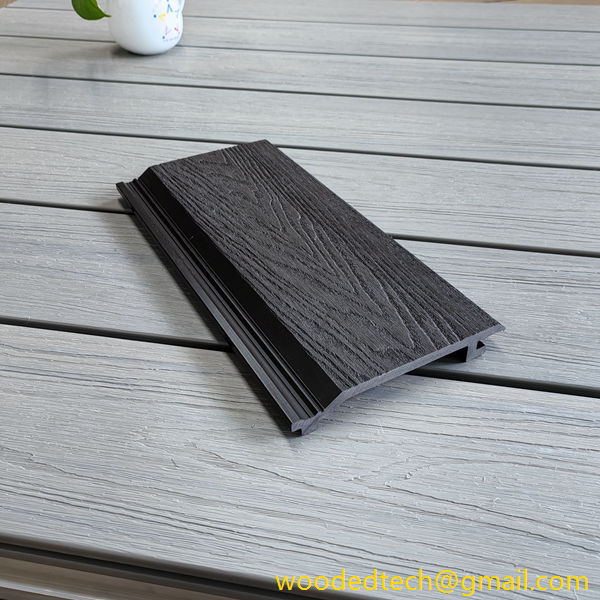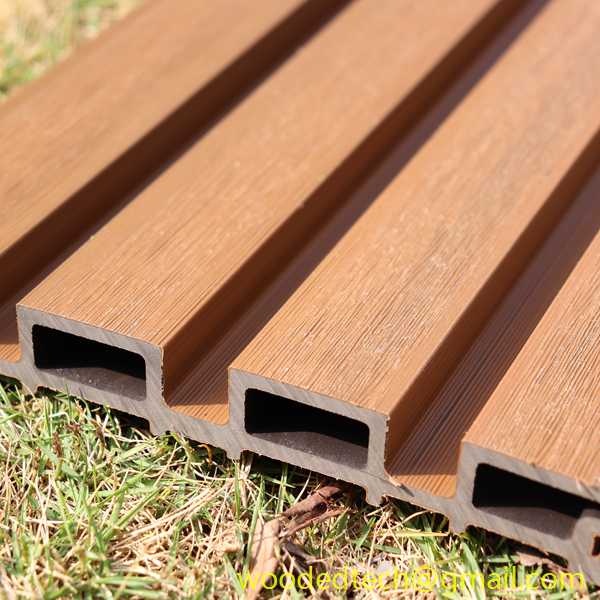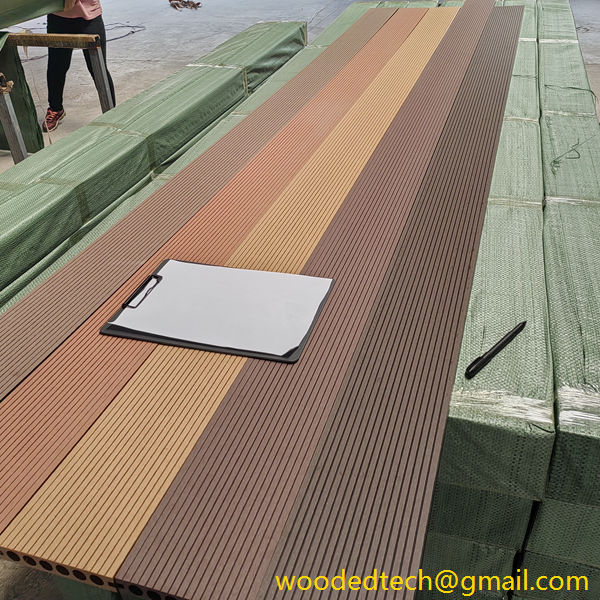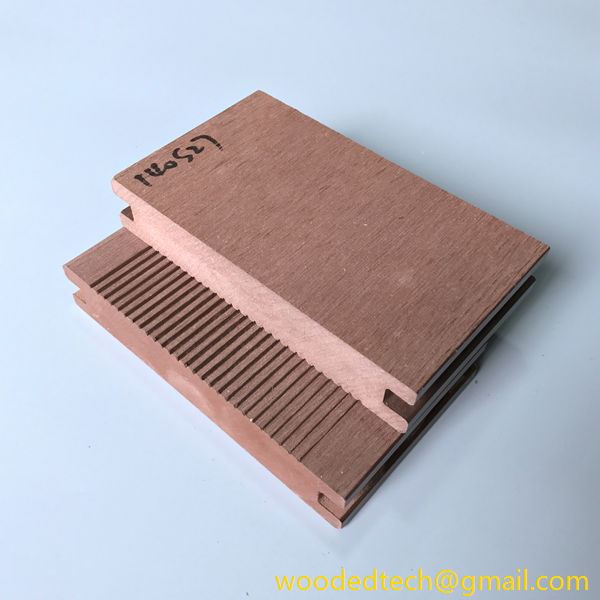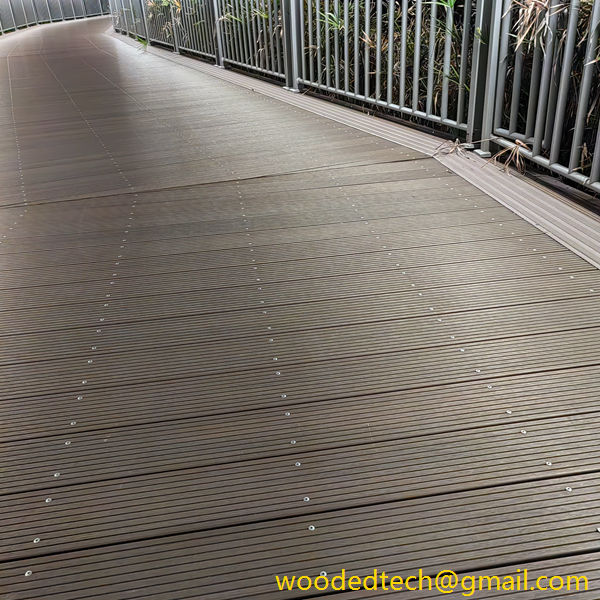As a versatile and durable alternative to traditional wood, outdoor composite decking has received more and more attention and love in recent years. .
However, many consumers still have some misunderstandings and doubts when choosing this emerging material.

Today, let’s take a deep look at the density of outdoor composite decking, reveal the scientific principles behind it, and help you make a more informed choice. .
When we talk about the density of composite decking, we are actually discussing its physical structure and performance. .
Generally speaking, composite decking is a composite material made of a mixture of plastic and wood fiber, which gives it both the natural beauty of wood and the high durability of plastic. .
However, the difference in density will directly affect the durability and applicability of the floor.
What we need to understand is that high-density composite decking usually means stronger pressure resistance and wear resistance. .

This is because in high-density materials, the wood fiber and plastic are more tightly combined, which can better resist pressure and wear from the outside world.
However, this does not mean that the higher the density, the better.
Because too high density may bring other problems, such as increased processing difficulty and rising costs.
For outdoor composite decking, combined with the latest technical research and development, the density of the best product quality is in the range of 1.2 to 1.4 grams per cubic centimeter.
On the other hand, although low-density composite decking is slightly inferior in load-bearing and wear resistance, it has advantages in flexibility and installation convenience. .
Especially in outdoor environments with large temperature changes, appropriate flexibility can reduce the risk of cracking caused by thermal expansion and contraction.
When choosing outdoor composite decking, we need to consider our actual needs. .

For example, if you plan to lay flooring outdoors and the climate in the area is changeable, it would be a safer choice to choose composite decking with medium density and certain elasticity. .
This can not only ensure the durability of the floor, but also adapt to environmental changes.
In addition to density, maintenance of outdoor composite decking is also a major consideration. .
Due to its special material composition, composite decking has excellent performance in water resistance and mildew resistance, which greatly reduces the difficulty and frequency of maintenance. .
It only needs regular cleaning and inspection to maintain its beauty and durability.
We also need to consider the aesthetics and environmental performance of composite decking. .
Modern manufacturing technology has been able to produce composite decking in various colors and textures to meet the aesthetic needs of different consumers. .
At the same time, since composite decking can be made of recycled plastic and wood fiber, it is also an environmentally friendly building material option. .
The density of outdoor composite decking is directly related to its performance and use effect. .
Understanding this, combined with your specific use environment and needs, you will be able to choose an ideal floor that is both aesthetically pleasing and practical and durable. .
I hope this article can help you better understand and choose outdoor composite decking, making your outdoor space more beautiful and lasting. .

